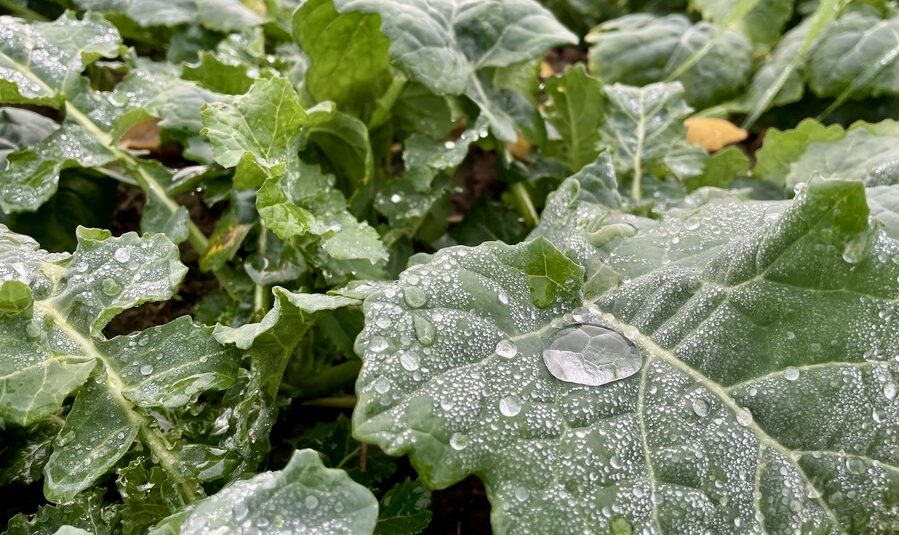
Most farmers are accustomed to keeping an eye on rainfall – when it rains a lot, it feels like the fields must have plenty of moisture, and when rainfall is scarce, conditions are automatically considered dry.
But does rainfall actually tell us how much water plants can use? In reality, however, the rain gauge does not always reflect how much water plants can actually take up from the soil. This is where soil water measurement comes into play, showing more precisely whether there is enough moisture at root level.
So how much of that rain actually becomes plant-available water? In crop production, soil water levels are more important than rainfall readings, because soil water directly indicates the amount of water available to plants. Measuring soil water also takes into account soil type, organic matter content and structure, all of which affect the soil’s ability to retain water. Rainfall only shows how much water has fallen onto the surface, without revealing how much of it has actually infiltrated the soil or how long it will remain there.
Why can rainfall alone give a misleading picture of soil moisture? Simply measuring rainfall overlooks many crucial factors that influence how well plants are supplied with water. Soil water also affects the feasibility and quality of field operations.
Soil Type and Structure: Different soils hold water differently. For example, sandy soils let water drain through quickly, while clay soils retain it for longer. A rain gauge does not reveal whether rainfall has soaked into the soil or run off, whether fields are trafficable for machinery, or whether the soil structure is suitable for cultivation.
Plant-Available Water Capacity: Only part of the soil’s total water content is available to plants. By measuring soil water, it is possible to assess the exact proportion of water that plant roots can absorb.
Evaporation: After rainfall, some water may evaporate quickly from the soil surface, especially in hot and windy weather. Soil water measurement accounts for this loss.
Irrigation Needs: Rainfall data alone does not give a clear picture of whether crops require supplementary irrigation. For instance, a short, intense shower may register a high rainfall amount, but the water might not reach deep enough into the soil layers where roots are located. Soil water measurements, on the other hand, provide real-time feedback on whether the soil has enough moisture.
Therefore, while rainfall is the source of water, soil water readings give a far more accurate and practical picture of the actual water supply available to plants and of the soil’s condition, both of which are critical for planning fieldwork. Using this direct indicator of plant growth conditions allows risks to be assessed more precisely, leading to much more efficient farm management.
- Monitoring soil water is essential for timing sowing, fertilisation, crop protection and other field operations. It helps avoid crop damage caused by drought or excessive moisture. When planning fieldwork, it also helps account for soil structure and load-bearing capacity.
- Soil water sensors provide a direct signal of when irrigation is needed, when to avoid over-fertilisation, or when to prevent soil compaction.
- Soil water is the main factor determining yield, because it is from the soil that plant roots take up water.